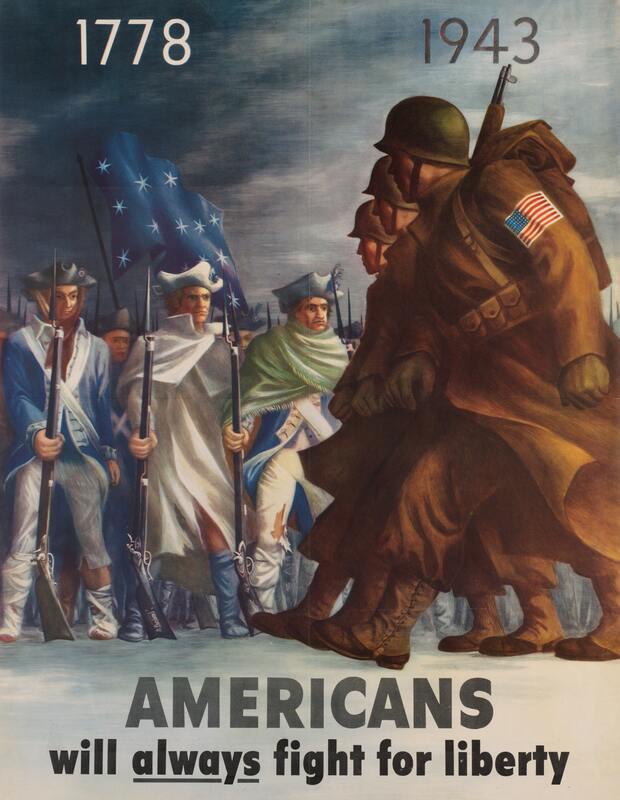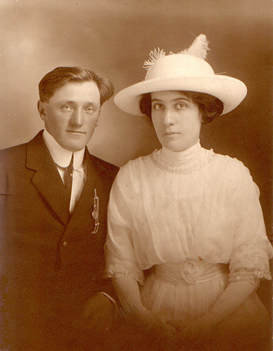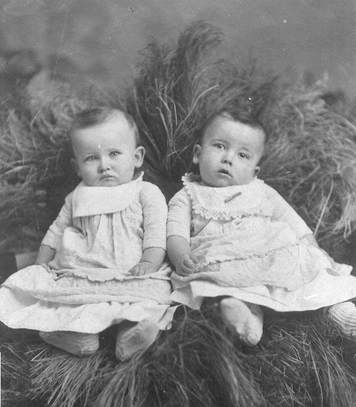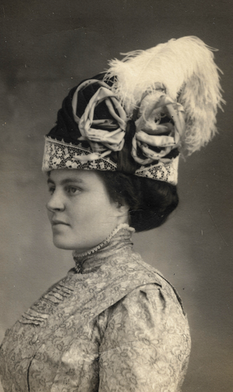 Photo by Boston Public Library on Unsplash 1778, 1943. Americans will always fight for liberty. United States soldiers in helmets and coats march past Revolutionary War militiamen with rifles. https://ark.digitalcommonwealth.org/ark:/50959/ft848t75w Please visit Digital Commonwealth to view more images: https://www.digitalcommonwealth.org. With the anniversary of Pearl Harbor this past week, we pause to remember those who served during this time in history. Many of us have ancestors and relatives who served during World War II. Let’s look at resources that can help us find more information. The National Archives has an excellent article about finding personal information related to World War II. Finding Information on Personal Participation in World War II (archives.gov)
If you know the unit that your ancestor served in, think about finding more information about the history of the unit. It will give you a sense of where your person served and understand their experience. This has been a helpful strategy for my Civil War ancestors. Here are a couple of sites to get you started. List of United States Army Units | World War II Wiki | Fandom Military Records on Fold3 World War II unit histories & officers The following is from a previous blog specific to the Old Man’s Draft. The fourth draft of World War II. The year before Pearl Harbor, the selective service act required registration of all eligible men between the ages of 18 and 64. The last group in the Fourth Registration were the “old men”. Conducted on April 27, 1942, the World War II Old Man’s Draft required registration of men who were born on or after April 28, 1877, and on or before February 16, 1897, and was conducted on April 27, 1942. These registration cards contain the following information: Serial # Name Address (If you can’t find your ancestor in census records…their draft record will allow you to track down his location.) Date of Birth and age (This direct source is from your ancestor.) Place of Birth (Were they born where they are living now? If you didn’t know where your ancestor was born, this is a great resource…even if you only get a county and state.) Telephone Number (It is interesting to see if your ancestor had a phone and what the phone numbers looked like. Many in rural America did not have phones. If the family had no phone, a telegram may have notified them of the fate of their soldier.) Citizenship (Was your ancestor naturalized or were they born in the United States?) Occupation including employers name (Is your ancestor self-employed or working for a business?) Name and Address of person who will always know your address (Usually a relative but I’ve seen employers listed in this section too.) Signature (Anytime I get to see a signature of an ancestor; it brings them to life.) Back of Card: Physical Description: race, eye color, hair color, skin complexion, weight, height (Since photos are black and white at this time, what other record will tell you so much about your ancestor such as height, eye color. This is my favorite information from this record.) Other obvious physical attributes that will aid in identification. (Do they mean in case they are a casualty of the war. That’s sad and a little scary, isn’t it?) Signature of the Registrar for the local board and location (What if your relative was the registrar? That’s an interesting tidbit of history.) Date of Registration (April 27, 1942) Official stamp This two-sided card packs a plethora of information. Do you see how this would help your story? “Grandpa’s six-foot two frame eased into the seat of his Model T as he prepared to go to town to register for the ‘old man’s draft’.” According to a notation on the Fold3 site, “This registration was not intended to be used for military service, but to provide a complete inventory of manpower resources that could be used for national service.” To date, I haven’t had any relatives in this Fourth Draft who were selected to serve. As farmers, they were vital for growing the crops to feed the country and the armed forces. Resources: Ancestry.com. U.S., World War II Draft Registration Cards, 1942 [database on-line]. Lehi, UT, USA: Ancestry.com Operations, Inc., 2010. Fold3 WWII "Old Man's Draft" Registration Cards FamilySearch.org United States World War II Draft Registration Cards, 1942 NARA (U.S. National Archives and Records Administration) You can view a PDF of the WWII Fourth Registration Form. You can view the registration cards on location. Here’s a link to more details. Delving into World War II records can be a big undertaking whether you focus on the Old Man Draft Records or explore all the possible draft records and service records available. If your ancestor served, be sure to check out histories of units to better understand their service. Incorporating this information into your family story. It's important to recognize the impact of war and other significant world events on our ancestors. “Never in the field of human conflict was so much been owed by so many to so few.” --Winston Churchill
0 Comments
Leave a Reply. |
AuthorWith a lifelong passion for genealogy and history, the author enjoys the opportunity to share genealogy tidbits, inspiring others to research and write their family story. Archives
July 2024
Categories |



 RSS Feed
RSS Feed